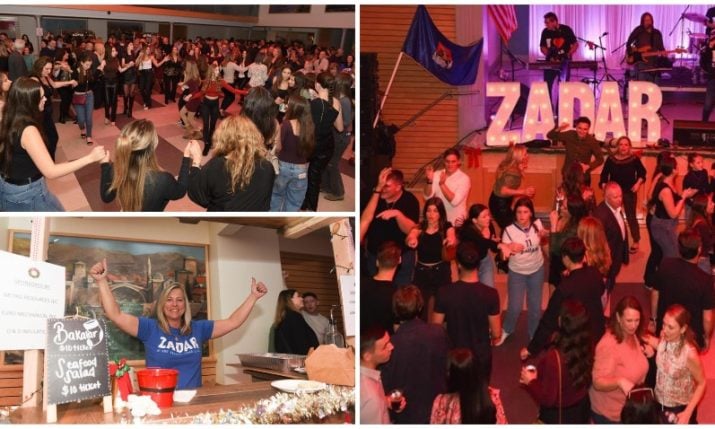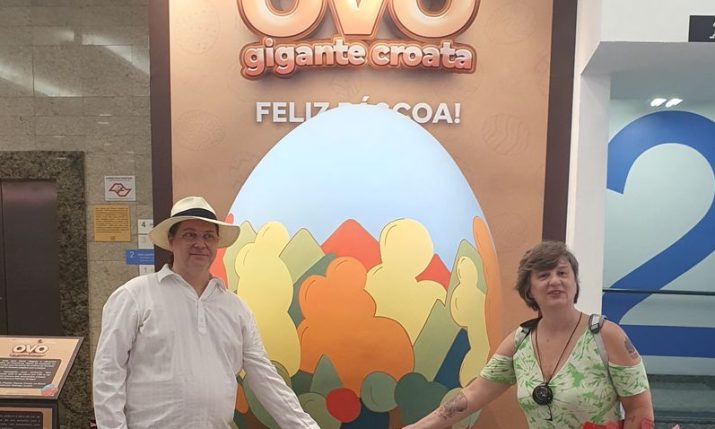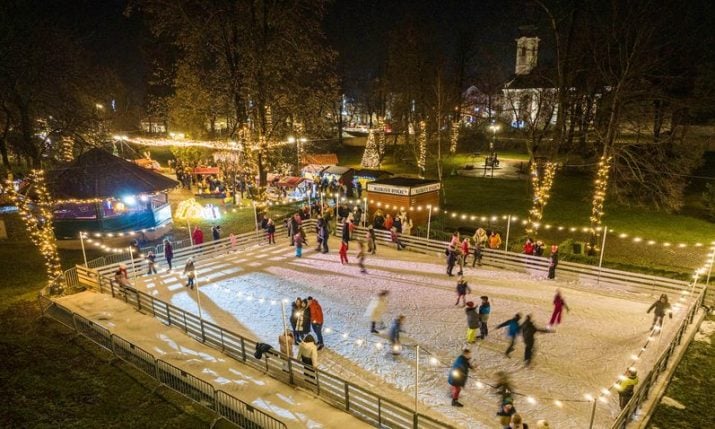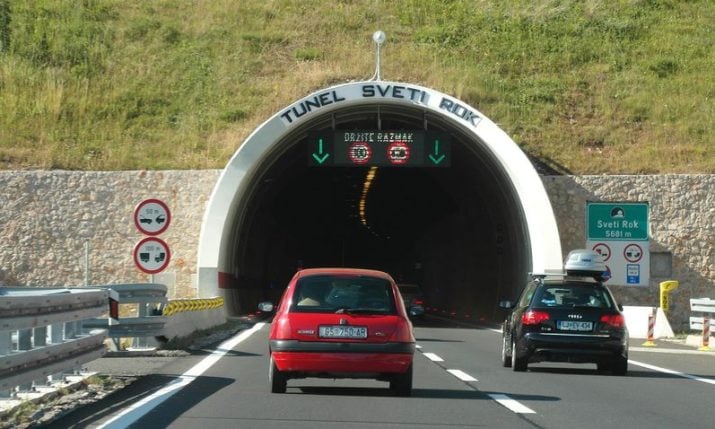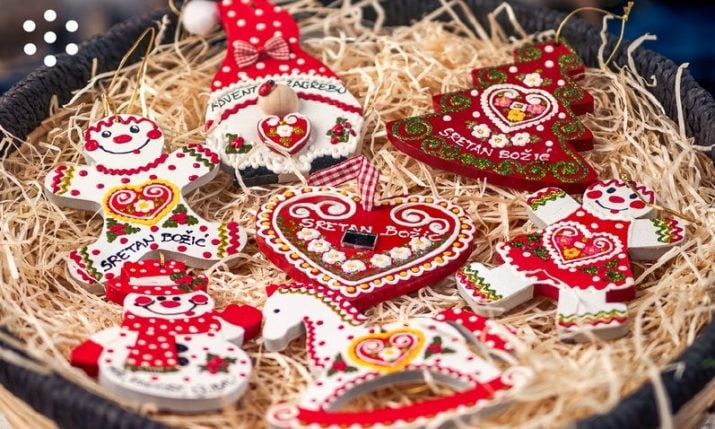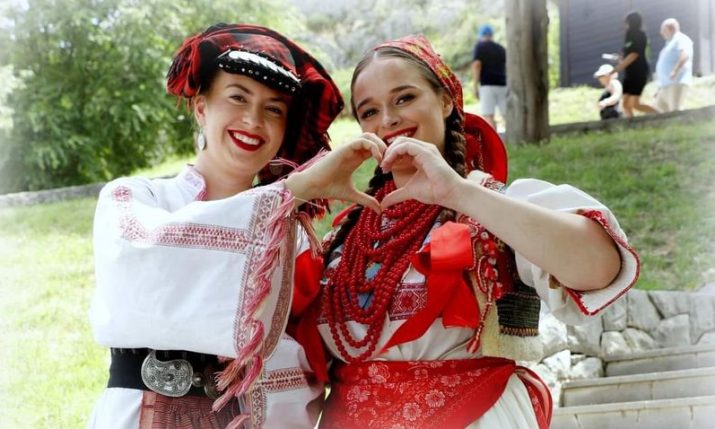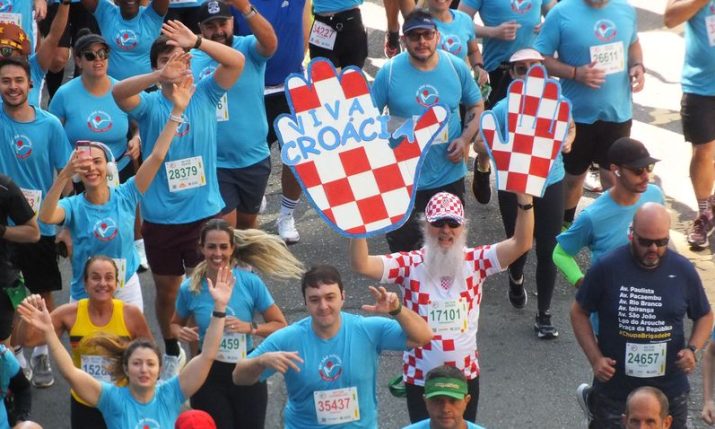Museum of Hangovers Zagreb: History of Alcoholic Drinks exhibition opens
- by croatiaweek
- in Entertainment
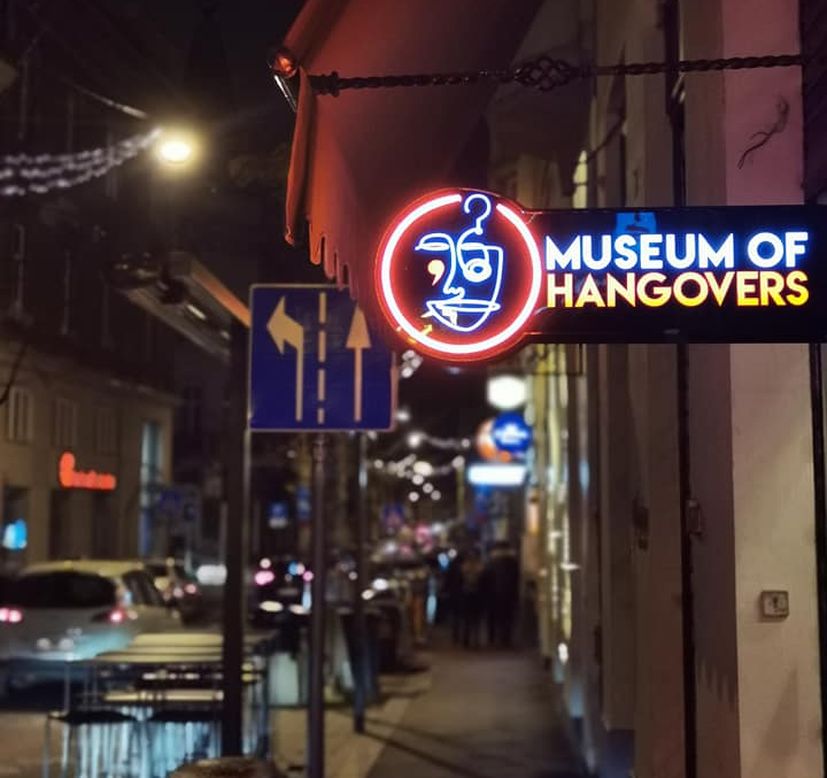
Museum of Hangovers Zagreb
An exhibition titled “History of Alcoholic Beverages – from Mesopotamia to the Corona” has opened at the Museum of Hangovers in Zagreb.
The exhibition, organised in cooperation with Croatian beverage company Badel 1862 is taking place at Preradovićeva Ulica 8 from until 29 November.
The exhibition retraces the history of alcoholic drinks from the very beginnings of human civilisation to modern times. Visitors are introduced chronologically to the drinks that have changed humanity. From world-famous drinks such as wine, beer, vodka to Croatian treasures like rakija and Pelinkovac.
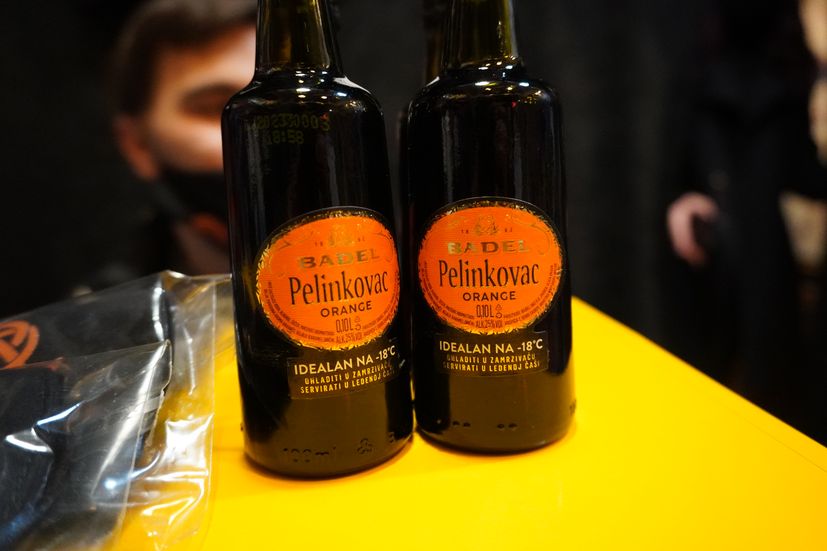
History of Alcoholic Drinks exhibition
In addition to the stories, the exhibition also prepared various interactive content such as authentic video materials about the “former” roasting of brandy in Slavonia told by a Slavonian who lived through it all, a microscope where the user meets yeast – the main culprit for ethanol production and sensory test where you have to use your sense of smell to guess which drink is in question. There is also a corona test.
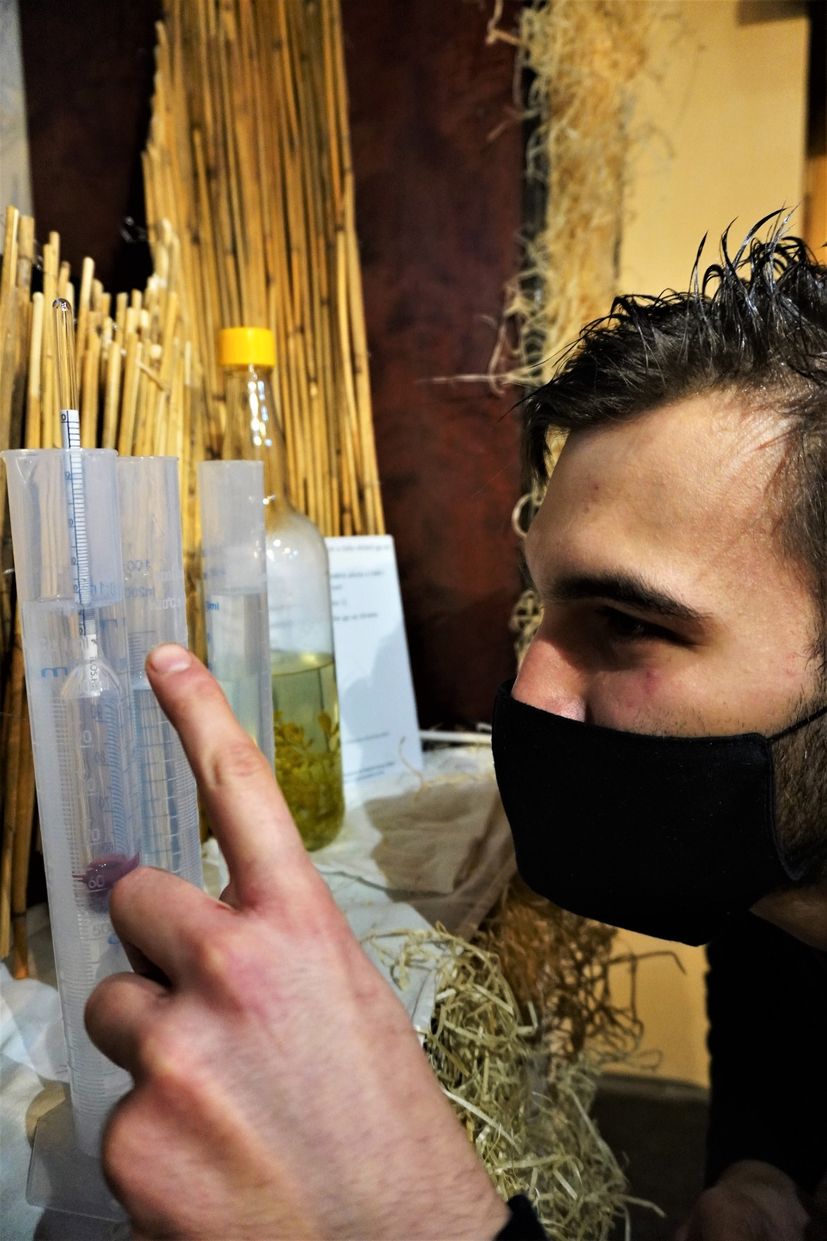
History of Alcoholic Drinks exhibition
Visitors are also acquainted with the history of wine, so revered by the Romans and Greeks that they also dedicated the Gods to it – Bacchus and Dionysus. There is an interesting introduction to the Zinfandel grape variety, originally from Croatia, which is responsible for the success of famous California wines.
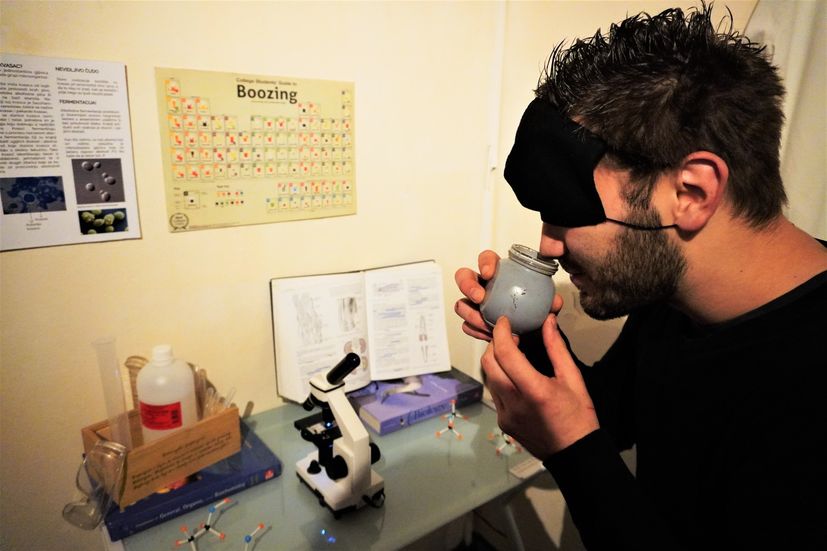
History of Alcoholic Drinks exhibition
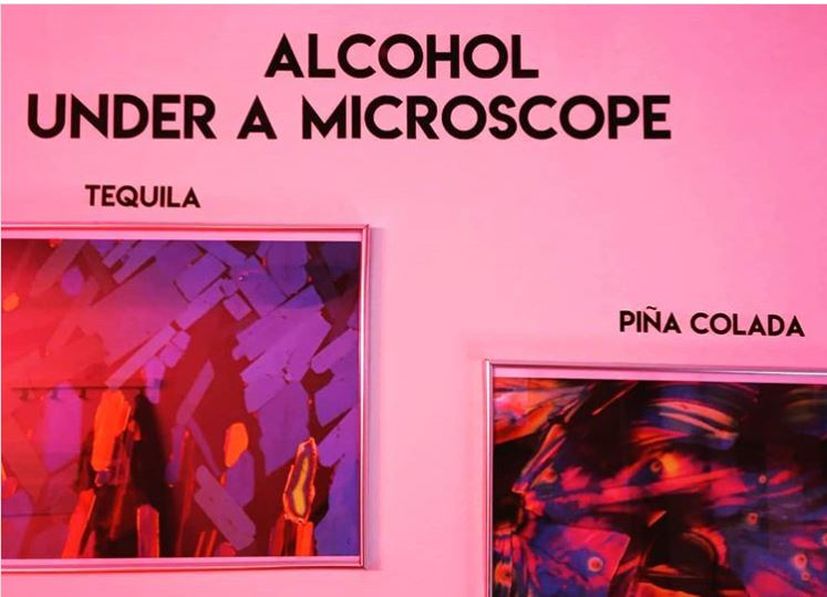
History of Alcoholic Drinks exhibition
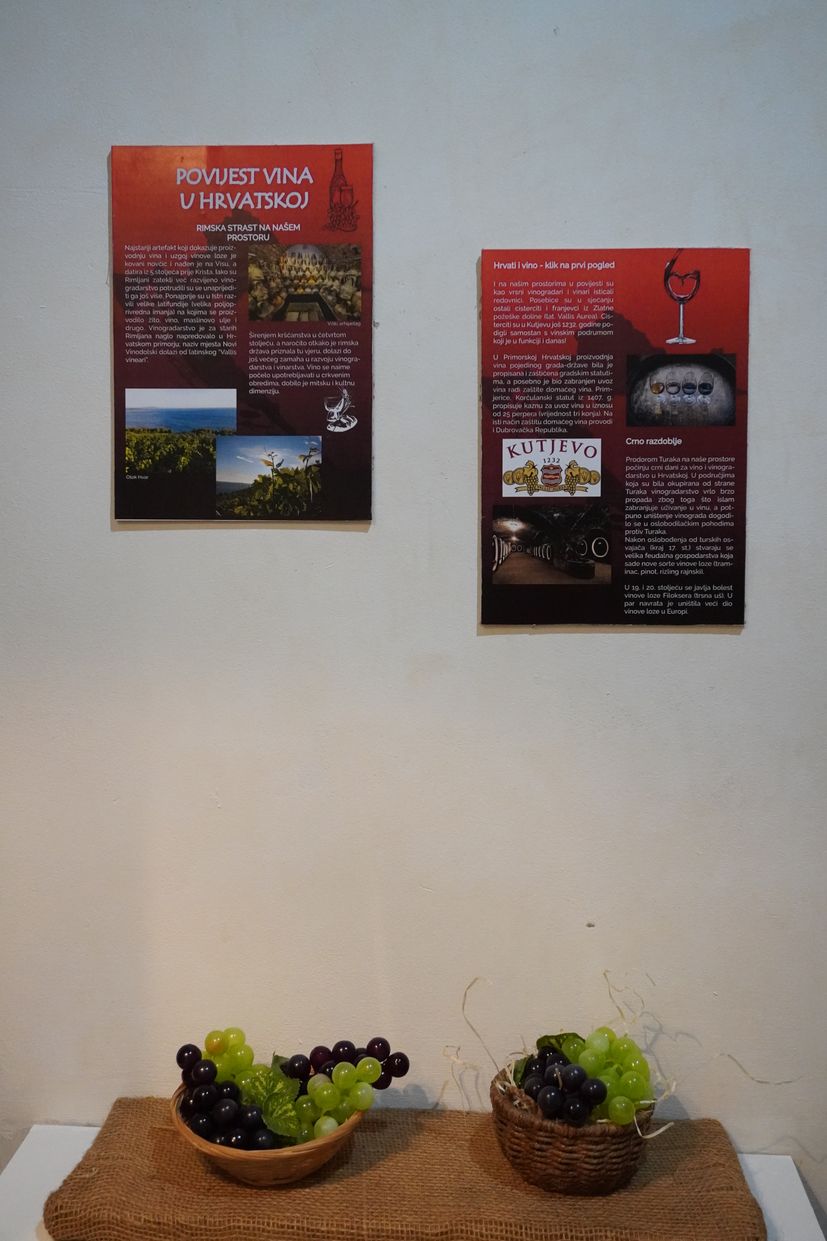
History of Alcoholic Drinks exhibition
One can also learn all about beer – the most popular alcoholic beverage in the world. Learn how it was a means of payment in ancient Babylon, and the wage was determined by Hammurabi’s code. The hop plant, a secret ingredient discovered by German monks who are responsible for the taste of today’s beer, and zealous Germans are also responsible for the first food law passed in 1516. More precisely the Bavarians, with their law on the purity of beer current to this day.
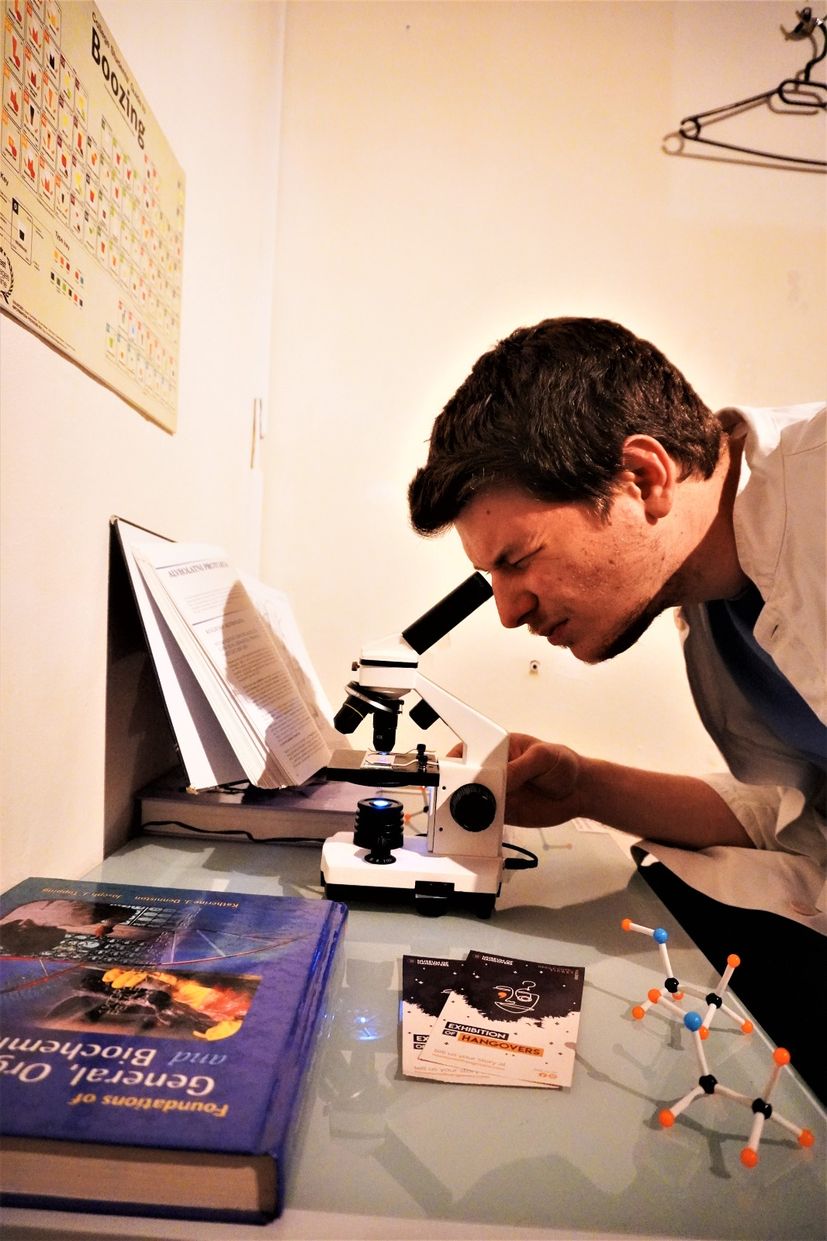
Museum of Hangovers Zagreb- History of Alcoholic Drinks exhibition
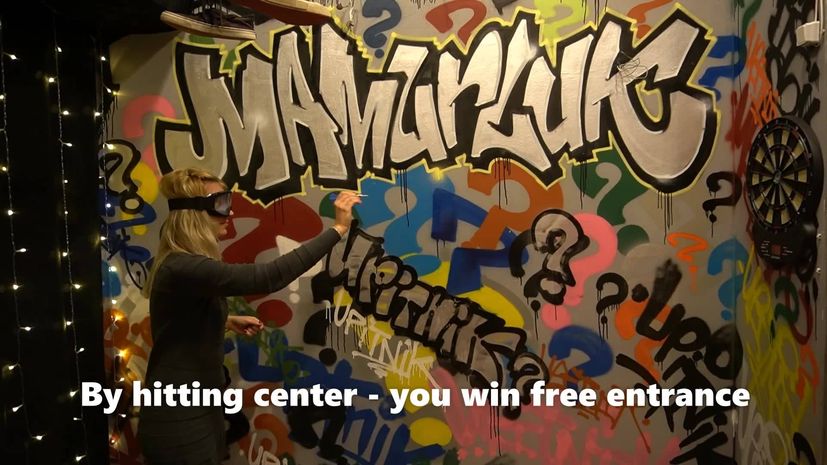
History of Alcoholic Drinks exhibition opens
After learning all about beer, the exhibition moves to rakija which was originally formed in Bulgaria and accepted by Croats. There is an introduction to the cultural heritage of Croatia – the Slavonian way of roasting brandy.
The next step on the journey is brandy or cognac where visitors can find out why cognac can only be called brandy produced in the Cognac region in France and the history of Badel brandy, better known by the nickname “mirogojček” which was originally even sold in pharmacies as evidenced by exhibits of authentic bottles from that period.
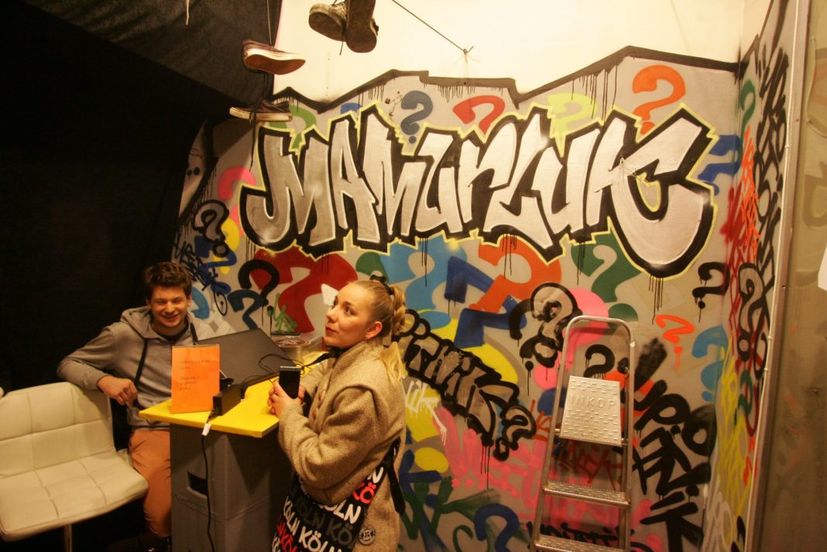
Museum of Hangovers Zagreb
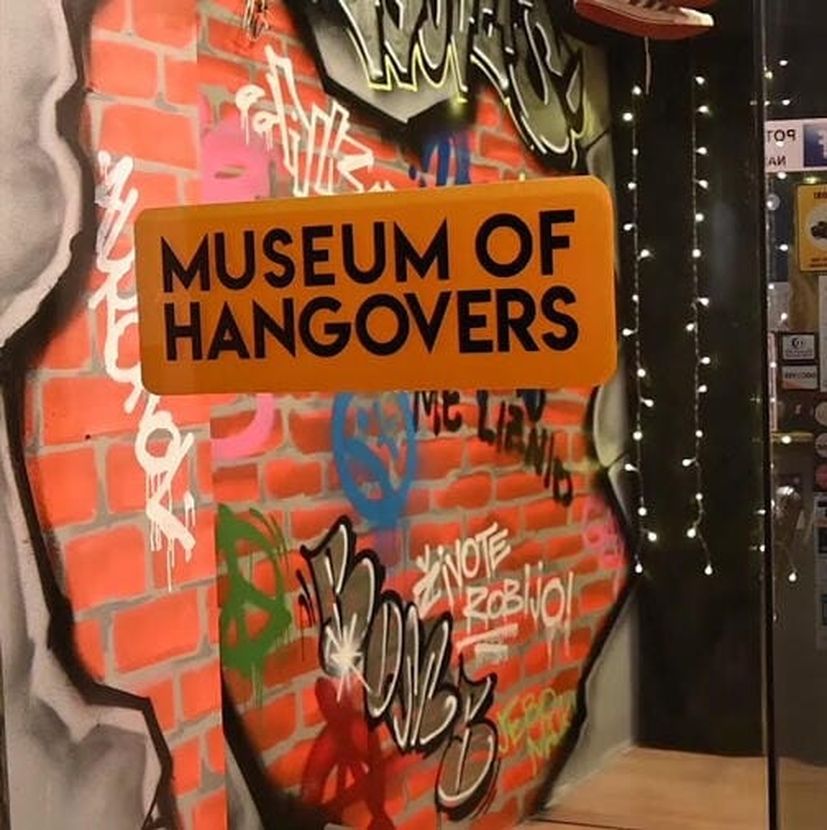
Museum of Hangovers Zagreb
The final part of the exhibition is reserved for Pelinkovac. Croatia’s most famous liqueur and authentic Croatian product created in 1862, directed by Franjo Pokornoyog from the wormwood plant. The very quality of Pelin was recognised by European nobles and was a welcome guest at European courts, especially Napoleon III. I Franje Josipa I. Antique pelinkovac, a product of the Badel 1862 company, is produced according to the oldest recipe found in the company’s archives.
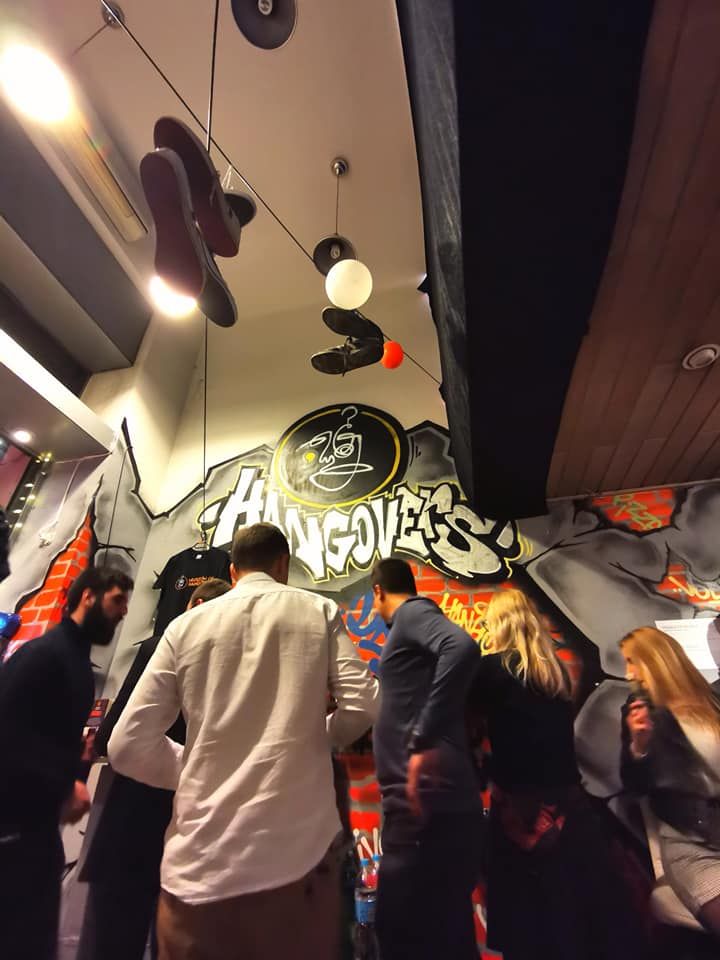
Museum of Hangovers Zagreb
More information about the exhibition can be found on the museum’s Facebook or Instagram page.

